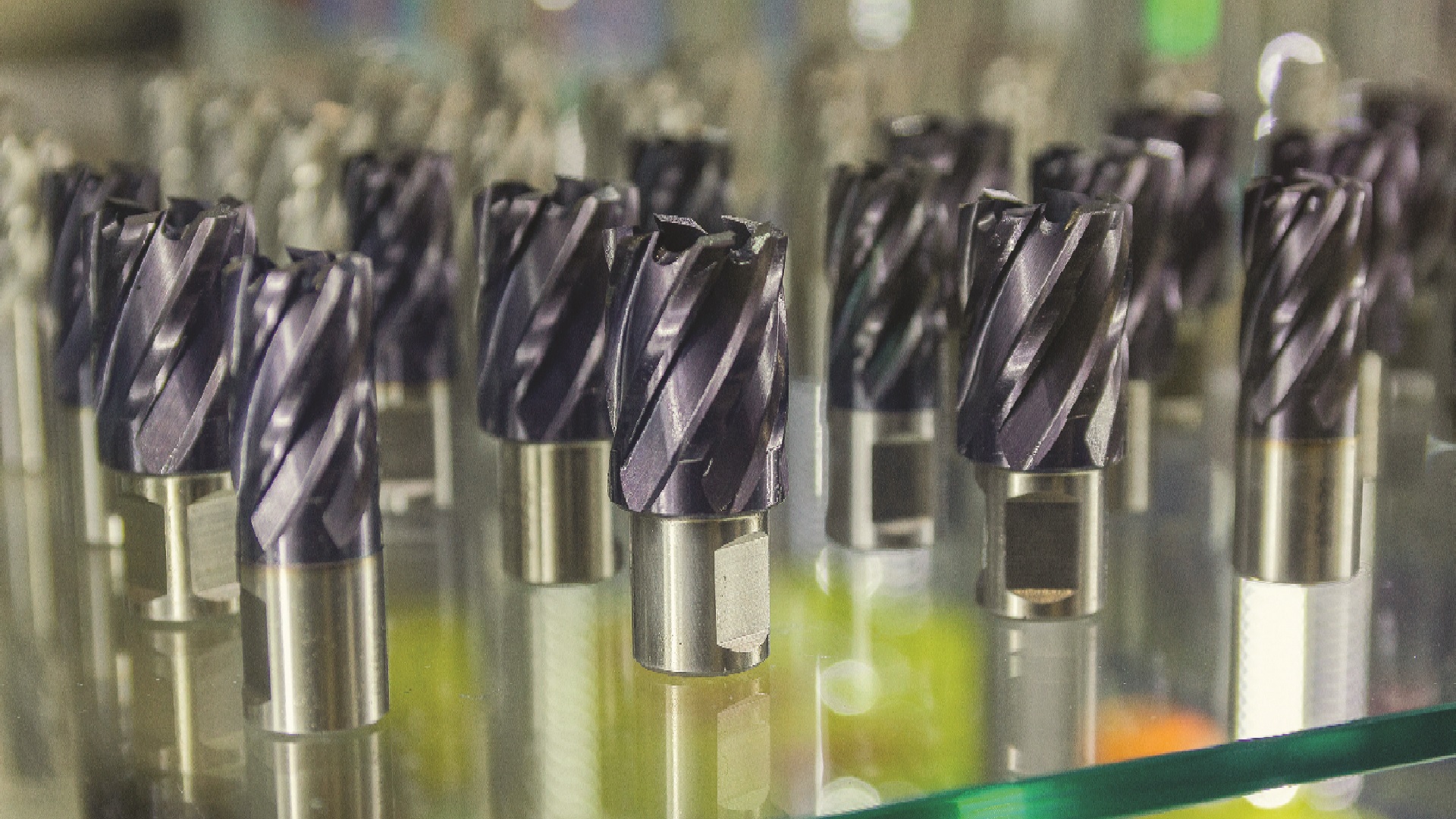Frost & Sullivan’s recent analysis, Global Electric Vehicle Market Outlook, 2020, finds that the COVID-19 uncertainty will globally dent electric vehicle (EV) sales, which are estimated to stand somewhere between ±9% in 2020 compared to 2019 under three different scenarios—gradual containment, severe pandemic, and global emergency. But as the market recovers, which is probably after June in the best-case prospect, it is predicted to experience healthy growth. In an optimistic scenario, EVs are estimated to grow by 8.6% year-on-year (YoY), registering 2.5 million unit sales (battery electric vehicles plus plug-in hybrid electric vehicles) globally in 2020.
“EV sales will be driven by the implementation of stringent emission norms across countries and global policies favoring the adoption of battery electric vehicles (BEVs),” said Prajyot Sathe, Automotive and Transportation Industry Manager at Frost & Sullivan. “Additionally, non-monetary or tax incentives are likely to be more attractive for buyers as countries with the highest EV penetration ratio such as Norway and the Netherlands offer these rather than cash incentives.”
Sathe added: “If BEVs are pushed by original equipment manufacturers (OEMs) on new energy vehicle (NEV) credit mandates, China is set to remain the market leader with a 48.3% share. Further, Europe is expected to have the highest YoY growth of over 10%—availability of models, reduced delivery times and compliance push are major growth factors in the EU.”
To tap into the growth prospects exposed by EV, market participants should focus on the following:
• The introduction of new models will help OEMs increase the percent penetration of EVs.
• A huge number of recyclers and dismantlers will come into play as the first phase of batteries will be available for second life or recycling.
• Charging as a service is an emerging trend. Hence, partnerships will be necessary for traditional participants to compete with start-ups.
• Capitalising on existing expertise will help component manufacturers sustain the transformation of the industry.

